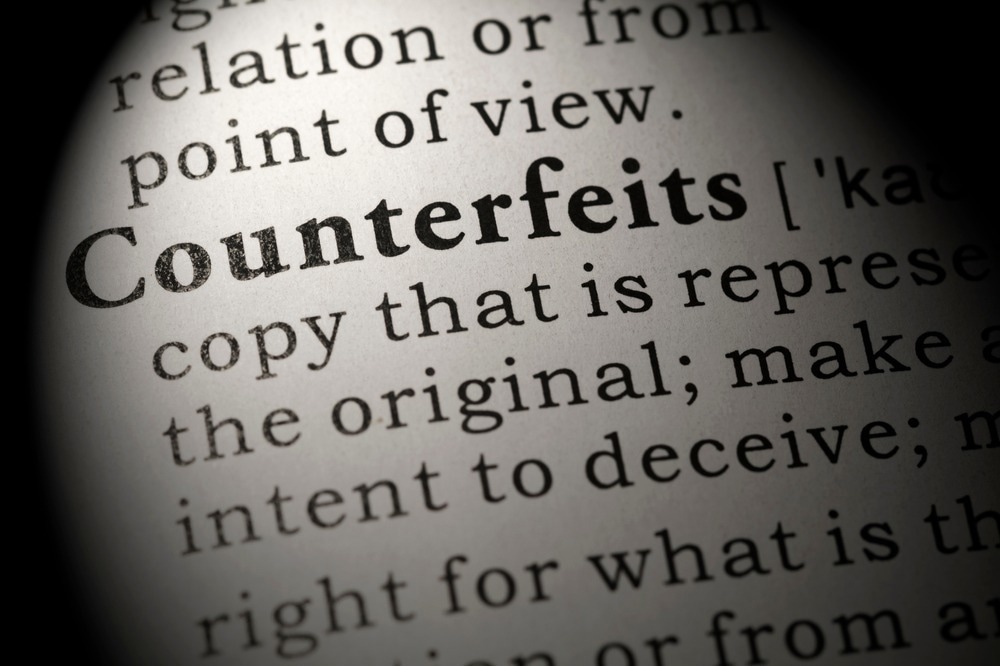A metasurface device that can show three different types of images based on the illumination source has been created by researchers. The three-channel device might be used to prevent counterfeiting or provide an innovative method of safely delivering encrypted data.

Image Credit: Feng Yu/Shutterstock.com
In the Optica Publishing Group’s journal Optics Express, the researchers provide a description of the new apparatus. Additionally, they demonstrated that the metasurface could produce either a holographic image or a structural-color nanoprinting image, with or without polarization-dependent watermarks, depending on the type of light employed.
Dai added, “Our tiny metasurface could be easily attached to currency, ID cards, credit cards, certificates, watches, or rings for anticounterfeiting. Because this multi-functional metasurface features twofold safeguards, it could provide a simple but effective approach to fight against counterfeiting.”
A Three-in-One Device
Despite the development of additional metasurface-based anticounterfeiting systems, the hidden data is often obtained either on the surface or through a far-field holographic picture.
The researchers developed a device composed of tiny nanobricks stacked on a transparent substrate that combines watermarked structural-color nanoprinting with holographic imaging to provide a more secure three-channel metasurface.
Metasurfaces are artificial materials with tiny nanostructures that can be used to manipulate light. In this work, we exploited both the size and orientation of the nanostructures to design a metasurface with three working modes.
Qi Dai, Research Team Member, Wuhan University
The researchers discovered a means to produce structural-color images that show up on the surface of the device as well as a holographic image that appears in the far field by meticulously designing the sizes and orientations of the nanobricks.
Using nanostructures with various geometrical characteristics, structural color directly modifies the spectrum of transmitted or reflected light to produce color instead of relying on inks or dyes.
The structural-color nanoprinting image that is unwatermarked can be easily seen in daylight, while the identical image that has a watermark pattern on it can only be read with an optical polarizer. The third channel’s holographic image can only be seen when coherent laser light is present.
Additional Security
“When our metasurface is employed for anticounterfeiting, the unwatermarked structural-color nanoprinting could be easily observed using a camera on a smartphone. The watermarked pattern could encode information needed to provide authentication since it only appears with the help of an optical polarizer. The holographic image, which might be reconstructed with a laser pointer, could be used as a second layer of security,” stated Dai.
The researchers created a sample using conventional electron beam lithography to show off the unique metasurface device. An optical microscope was used to see the watermarked and unwatermarked nanoprinting images, and an optical path made up of a continuous laser, an iris, a lens, the sample, and an optical screen was used to view the holographic images.
Dai concluded, “Our experiments showed that the watermarked structural-color nanoprinting had high polarization sensitivity and created a clear visual with bright color effects. We also found that the designed metasurface can create a holographic image over a broad wavelength range from 480 nm to about 650 nm.”
To achieve dynamic and more flexible control of light, the researchers intend to mix their new multifunctional metasurfaces with other materials including liquid crystal and black phosphorus.
They are also investigating the potential applications of metasurfaces in optical computing and biomedical sensing, and they are devising techniques to mass-produce the innovative material.
Journal Reference
Zhao, N., et al. (2022) Tri-channel metasurface for watermarked structural-color nanoprinting and holographic imaging. Optics Express. doi:10.1364/OE.472789.